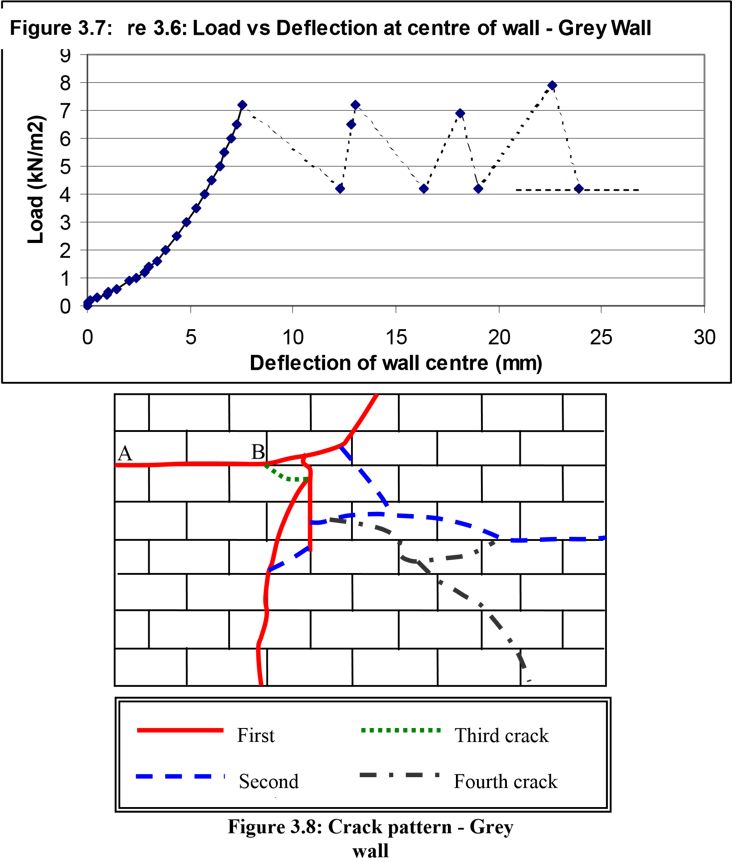O.J. Kanyeto, MBIE, MIMS and A.N. Fried, CEng., MICE, FIMS
1Lecturer, Department of Civil Engineering, University of Botswana, Gaborone, Botswana, kanyetoo@mopipi.ub.bw
2 Senior Lecturer, Department of Civil and Space Structures, University of Surrey, UK, A.Fried@surrey.ac.uk
ABSTRACT
The transverse lateral load capacity of masonry built using solid dense concrete blocks with thin joint mortar is up to 3.5 times that of similar blockwork constructed using conventional mortar. Both the mortar properties and the constituents of the parent material forming the block alter the joint strength resulting in enhancements to tensile flexural bond strength. Essentially when thin joint technology is employed, in conjunction with solid dense concrete blocks, the masonry behaves more as a concrete plate than conventional blockwork. A testing programme was undertaken at Kingston University to ascertain this trend, and its results are presented in this paper. Two concrete block types and one thin layer mortar type were used to build wall panels which were then tested to failure. Graphs plotted from the test data reveal a linear relationship between the load and displacement, from initial application of the load until failure. This paper reports on the testing programme that was undertaken by Kingston University Sustainable Technology Research Group.
KEYWORDS: thin joint, bond strength, load capacity, elastic behaviour, conventional masonry
C1-1



